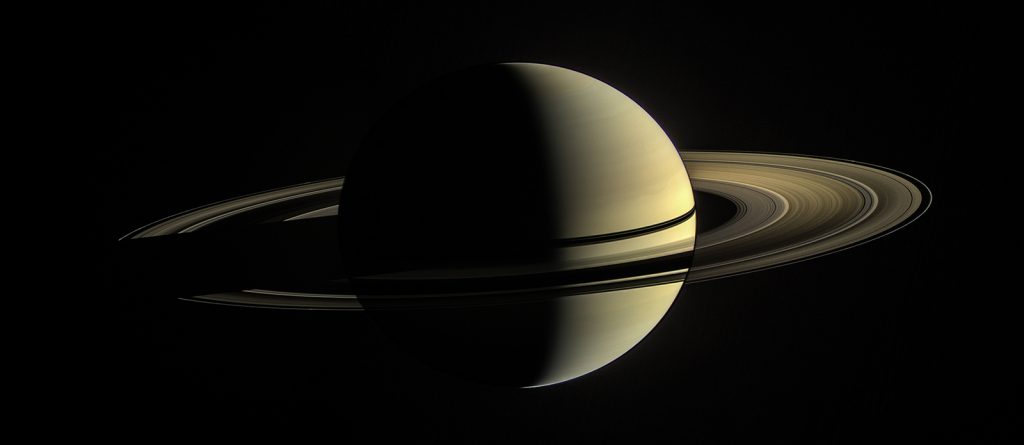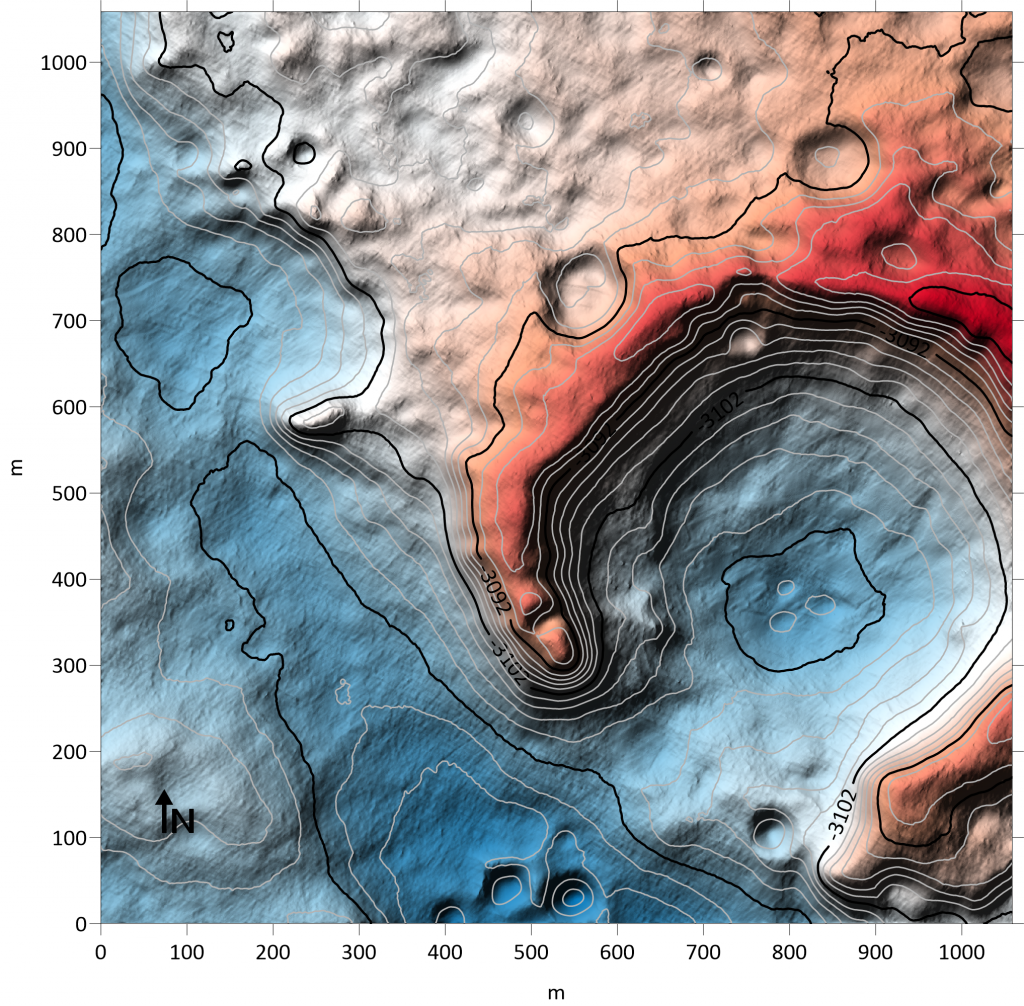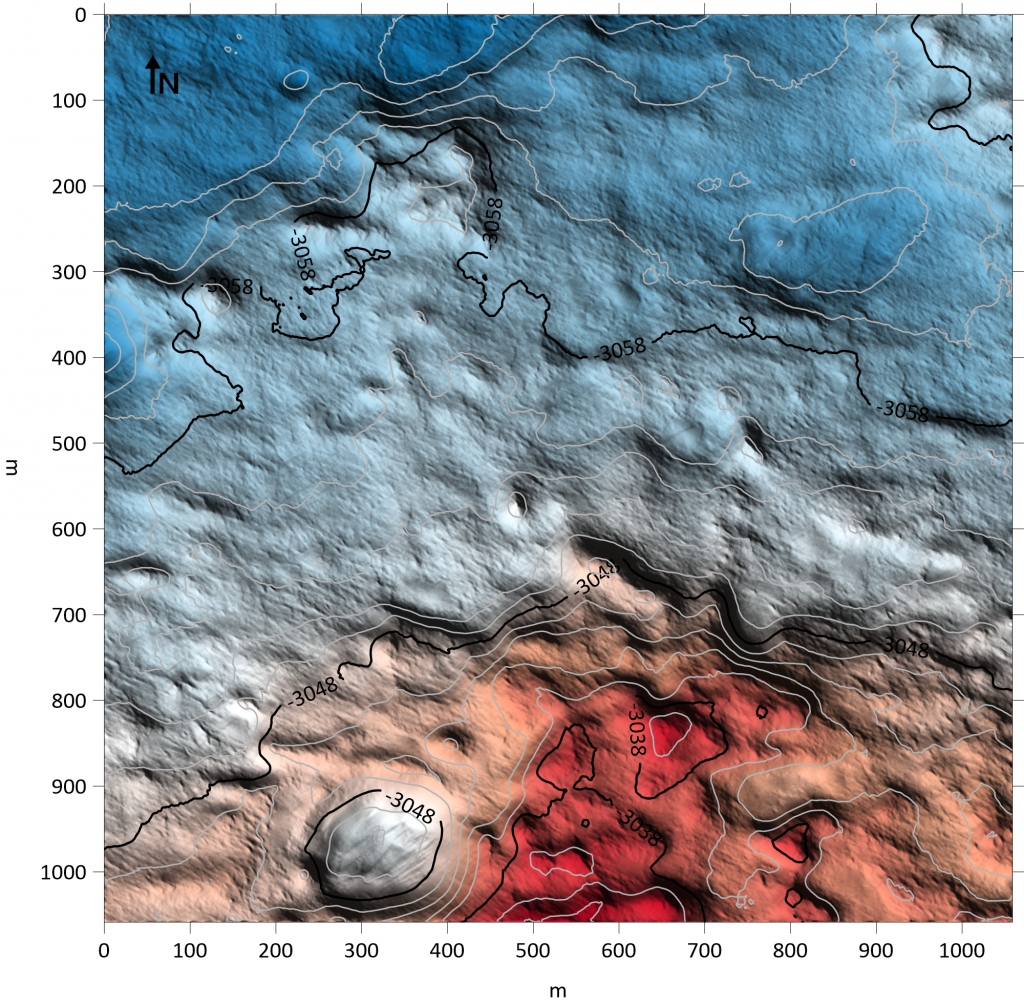Age-old debate on Saturn’s rings reignited
A team of researchers has reignited the debate about the age of Saturn’s rings with a study that dates the rings as most likely to have formed early in the Solar System.
In a paper published today in Nature Astronomy and presented at the EPSC-DPS Joint Meeting 2019 in Geneva, the authors suggest that processes that preferentially eject dusty and organic material out of Saturn’s rings could make the rings look much younger than they actually are.
Cassini’s dive through the rings during the mission’s Grand Finale in 2017 provided data that was interpreted as evidence that Saturn’s rings formed just a few tens of millions of years ago, around the time that dinosaurs walked the Earth. Gravity measurements taken during the dive gave a more accurate estimate of the mass of the rings, which are made up of more than 95% water ice and less than 5% rocks, organic materials and metals. The mass estimate was then used to work out how long the pristine ice of the rings would need to be exposed to dust and micrometeorites to reach the level of other ‘pollutants’ that we see today.
For many, this resolved the mystery of the age of the rings. However, Aurelien Crida, lead author of the new study, believes that the debate is not yet settled.
“We can’t directly measure the age of Saturn’s rings like the rings on a tree-stump, so we have to deduce their age from other properties like mass and chemical composition. Recent studies have made assumptions that the dust flow is constant, the mass of the rings is constant, and that the rings retain all the pollution material that they receive. However, there is still a lot of uncertainty about all these points and, when taken with other results from the Cassini mission, we believe that there is a strong case that the rings are much, much older,” said Dr Crida, of the Observatoire de la Côte d’Azur, CNRS.
Crida and colleagues argue that the mass measured during the Cassini mission finale is in extraordinarily good agreement with models of the dynamical evolution of massive rings dating back to the primordial Solar System.
The rings are made of particles and blocks ranging in size from metres down to micrometres. Viscous interactions between the blocks cause the rings to spread out and carry material away like a conveyor-belt. This leads to mass loss from the innermost edge, where particles fall into the planet, and from the outer edge, where material crosses the outer boundary into a region where moonlets and satellites start to form.
More massive rings spread more rapidly and lose mass faster. The models show that whatever the initial mass of the rings, there is a tendency for the rings to converge on a mass measured by Cassini after around 4 billion years, matching the timescale of the formation of the Solar System.
“From our present understanding of the viscosity of the rings, the mass measured during the Cassini Grand Finale would be the natural product of several billion years of evolution, which is appealing. Admittedly, nothing forbids the rings from having been formed very recently with this precise mass and having barely evolved since. However, that would be quite a coincidence,” said Dr Crida.
Co-author Hsiang-Wen Hsu was part of a team that announced results in October 2018 from Cassini’s Cosmic Dust Analyzer, which showed 600 kilogrammes of silicate grains fall on Saturn from the rings every second. Other studies using data from the Cassini Ion and Neutral Mass Spectrometer have shown the presence of organic molecules in Saturn’s upper atmosphere that are thought to derive from the rings.
Dr Hsu, of the Laboratory for Space and Atmospheric Physics at Boulder, Colorado, said: “These results suggest that the rings are ‘cleaning’ themselves of pollutants. The nature of this potential ring-cleaning process is still mysterious. However, our study shows that the exposure age is not necessarily linked to the formation age, thus the rings may appear artificially young.”
Images

Credit: NASA/JPL-Caltech/Space Science Institute
www.europlanet-society.org/wp-content/uploads/2019/09/pia14943-full.jpg

Credit: NASA/JPL-Caltech/Space Science Institute
www.europlanet-society.org/wp-content/uploads/2019/09/pia12567-1600.jpg
Further information
Are Saturn’s rings actually young? Aurélien Crida, Sébastien Charnoz, Hsiang-Wen Hsu, and Luke Dones, EPSC-DPS 2019.
meetingorganizer.copernicus.org/EPSC-DPS2019/EPSC-DPS2019-783-1.pdf
Are Saturn’s rings actually young? Crida, Charnoz, Hsu, Dones, Nature Astronomy, 876, 2019.
www.nature.com/articles/s41550-019-0876-y
Science Contacts
Aurélien Crida
Observatoire de la Côte d’Azur
Nice, France
Email: crida@oca.eu
Media contact
Marc Fulconis
Observatoire de la Côte d’Azur
Nice, France
marc.fulconis@oca.eu
Anita Heward
EPSC Press Officer
+44 7756 034243
epsc-dps-press@europlanet-society.org
Livia Giacomini
EPSC Press Officer
epsc-dps-press@europlanet-society.org
Adriana Postiglione
EPSC Press Officer
epsc-dps-press@europlanet-society.org
Notes for Editors
EPSC-DPS Joint Meeting 2019
The 2019 Joint Meeting (www.epsc-dps2019.eu) of the European Planetary Science Congress (EPSC) of the Europlanet Society and the Division for Planetary Sciences (DPS) of the American Astronomical Society (AAS) will take place at the Centre International de Conférences de Genève (CICG), Geneva, Switzerland, from Sunday 15 to Friday 20 September 2019. More than 1950 abstracts have been submitted and over 1500 planetary scientists from Europe, the US and around the world are expected to attend the meeting, making it one of the largest gatherings of planetary scientists held in Europe to date.
The EPSC-DPS Joint Meeting 2019 will be the third time that EPSC and the DPS Annual Meeting have been held together.
Follow: @europlanetmedia #EPSCDPS2019
Europlanet
The Europlanet Society, launched in September 2018, is an organization for individual and corporate members to promote the advancement of planetary science and related fields in Europe. The Society provides Europe’s planetary science community with a platform to exchange ideas and personnel, share research tools, data and facilities, define key science goals for the future, and engage stakeholders, policy makers and European citizens with planetary science. The Europlanet Society is the parent organisation of the European Planetary Science Congress (EPSC).
Europlanet Society website: www.europlanet-society.org
EPSC-DPSC 2019 Joint Meeting 2019 website: www.epsc-dps2019.eu
DPS
The Division for Planetary Sciences (DPS), founded in 1968, is the largest special-interest Division of the American Astronomical Society (AAS). Members of the DPS study the bodies of our own solar system, from planets and moons to comets and asteroids, and all other solar-system objects and processes. With the discovery that planets exist around other stars, the DPS has expanded its scope to include the study of extrasolar planetary systems as well.
The AAS, established in 1899, is the major organization of professional astronomers in North America. The membership (approx. 7,500) also includes physicists, mathematicians, geologists, engineers, and others whose research interests lie within the broad spectrum of subjects now comprising contemporary astronomy. The mission of the AAS is to enhance and share humanity’s scientific understanding of the universe, which it achieves through publishing, meeting organization, education and outreach, and training and professional development.



